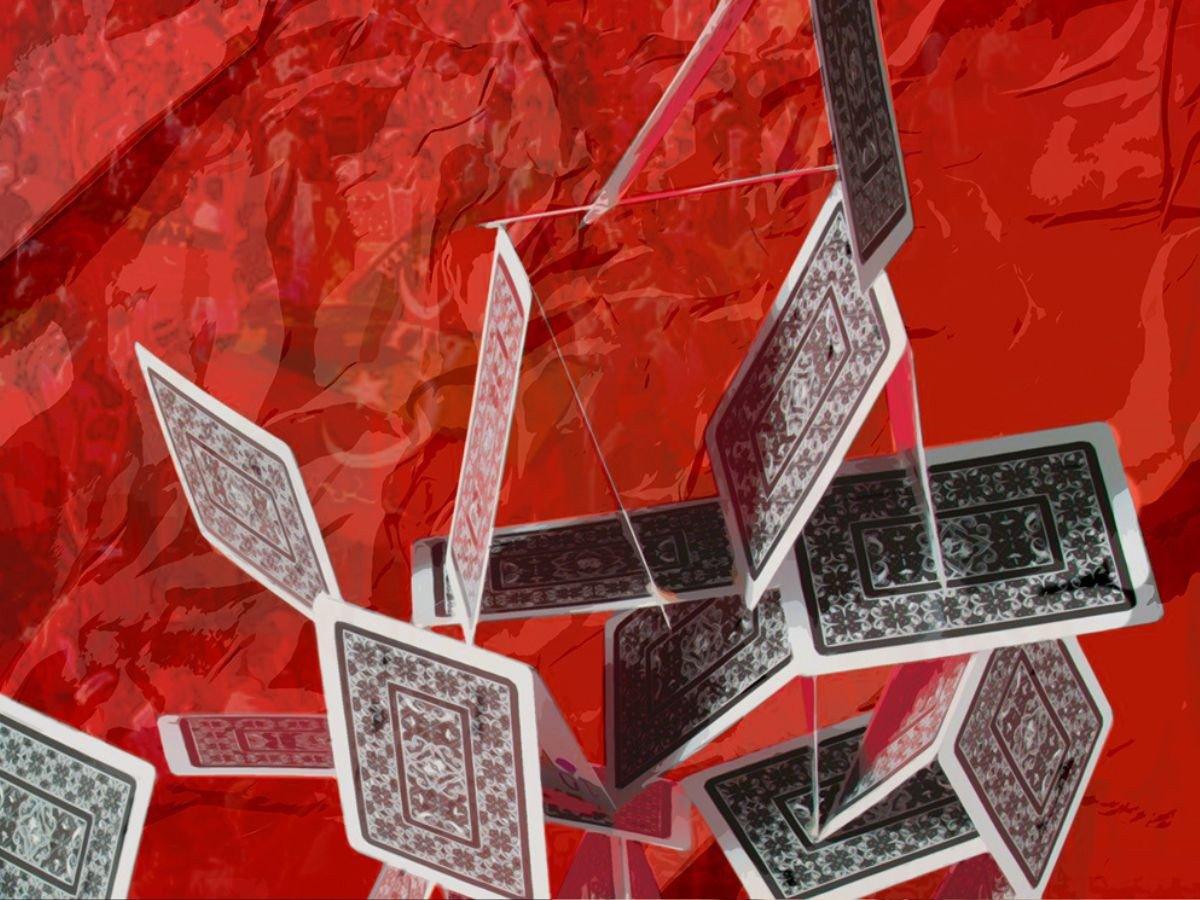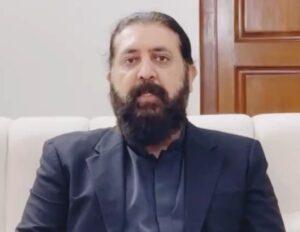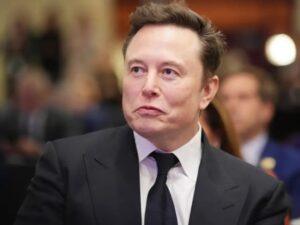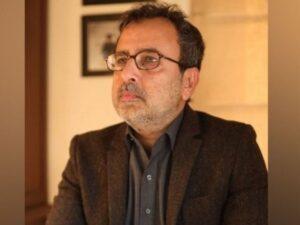Posted on August 10, 2025
Islamabad:
A year ago, August 5, would have plunged twin cities into chaos. The roads would have been sealed and containers mounted, but crowds would have roared protesting. But on August 5 of this year, the anniversary of Imran Khan’s arrest of Islamabad in 2023, the streets of Rawalpindi and Islamabad remained calm, not disturbed by the appeal of opposition to a demonstration. Only the dispersed police mobiles, prison vans and a visible security presence sprinkled major intersections and, too, not to manage the disorders but to monitor the remarkable silence.
This marked not only a change of public response, but symbolized a deeper collapse within the former political force in the past and most noisy in the country: Pakistan Tehreek-E-insaf (PTI). The same day the party hoped to rekindle the resistance of the street on the occasion of the second anniversary of the incarceration of its founding president, he turned into one of the darkest days for the party as remaining parliamentary leaders in the Senate, in the National Assembly and in the Punjab Assembly was disqualified and denottified in connection with the judgment of the Cadraves of May 9.
Politically and geographically, the party which once claimed unrivaled public support and alleged institutional blessings is now limited to Khyber-Pakhtunkhwa, where it still holds power. Elsewhere, PTI has been largely deleted from the traditional political map.
An example of this is his inability to mobilize people for the demonstration of August 5, that the Party Supremo wanted to put pressure on the government led by the PMLNs and the powerful stakeholders for its release. As irony would do, Imran Khan had received a last call for his release last November, who also failed.
PTI’s political decomposition was anything but sudden. The party, once at the top of populist slogans and the support of powerful districts, began to lose ground after the events of May 9, 2023, when violent demonstrations broke out after the arrest of Imran Khan.
For the first time in history, military facilities have been attacked, triggering what was going to become a decisive turning point. The next day, a radical repression followed, with mass arrests and forced party leaders to change their party, to abandon politics or to dissociate themselves completely from the party.
While high -level leaders disappeared from the scene under duress, defection, legal proceedings or due to being thrown into prison, the internal coordination of the party has broken. However, despite the repression, party workers continued to go out to support large numbers until recently. However, continuous disarray in the party and the absence of management when the basic workers faced arrests or prosecution began to create a gap between people and party leadership.
This repeated abandonment model has not gone unnoticed within PTI’s support base, which was once proud to be led ideologically and deeply loyal, both on social networks and on the ground. However, the absence of resistance organized on the symbolism on August 5, when Imran Khan urged the party to manifest itself in protest, showed how much PTI fell from its former position of domination of the street.
To add the insult to the injuries, the disqualification of the opposition leaders of the Assembly of the Senate, the National Assembly and the Punjab as well as the parliamentary chief have also demonstrated the decline of PTI in legislative houses. With the abolition of its parliamentary management, the party is now unable to influence legislation, to challenge government policy or even to issue a symbolic dissent within parliamentary limits.
This parliamentary void came in the heels of the recent decision of the Supreme Court on the reserved seats, which gave a crucial advantage to the alliance to power. The court ruled in favor of the allocation of reserved seats, previously intended for PTI, to the parties within the power coalition. Consequently, the PMLN has become the largest party in the National Assembly, while the power alliance now benefits from a two -thirds majority.
PTI’s inability to maintain internal cohesion and external alliances left it without direction. Instead of talking to the political elite, he said on several occasions that he only wanted to speak with the powerful stakeholders. However, the response on the other side has so far been extremely cold. Once considered to be cordial, the party’s relationship with the establishment is now completely fractured. To be perceived as a product of tacit institutional support, PTI is now an example of political isolation in Pakistan.
Although the party is in power in Khyber-Pakhtunkhwa, it is still under pressure. His previous attempts to organize major activities beyond KP have been constantly welcomed by preventive action such as arrests, prohibitions and borders on public gatherings. Last September, after organizing a rally in the capital, law enforcement officials burst into Parliament to arrest PTI legislators for flouting a law on political rallies. Subsequently, the party managed to reach the capital until November, but only to abandon party workers and without winning anything. Since then, he has tried to flex the muscles and announced that the protest movement would start shortly after Eid, but that has never happened.
Lack of clarity on the future level, the inability of party leadership to create a post-immran political account, the grouping of the party and almost no control of the president of the outgoing party on its members all contributed to its current paralysis. Currently, with Imran Khan in prison and his calls in zigzague in court, the whole political strategy of the party remains focused on his personality but disconnected from political realities.
On the other hand, the management coalition led by the PMLN has capitalized on the weaknesses of the PTI. The opposition being actually sidelined, the government has decided to consolidate the legally and politically power. With the 26th constitutional amendment, the power alliance changed the judicial structure and the process of appointment of the best judge in the country by appointing the chief judges among the older judges, rather than the most high -end judge automatically assuming the post. In addition, the court’s decision on reserved seats not only delivered figures but legitimacy to the alliance and rumors is that he was preparing for another constitutional amendment.
By avoiding major political controversies and by projecting a story of stability and economic recovery as well as the victory over India in the recent war, the power alliance is now busy creating the image of a functional and united government, even if governance problems persist. For the moment, the political arena seems to be a unilateral competition. With paralyzed opposition, a solid parliamentary majority and little visible public resistance, the power alliance seems to have total control, at least until the next major change.
The fall of PTI does not only concern arrests or disqualifications. This is a part that has lost its organizational discipline, confronted the very forces which once helped it to increase to demand the same thing again and failed to protect or rally its support base when it counted the most. To dominate the big titles to the transmission of margins, the PTI course in recent years is a political reversal study. And without a clear way, without high level leadership operating and no sign of reconciliation with the centers of power, the party which once ruled Islamabad is now looking at the touch; Increasingly limited to KP.
For the moment, the streets are calm, the opposition is broken and the steering coalition reigns.




